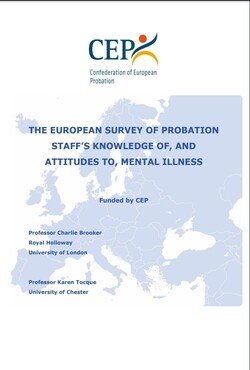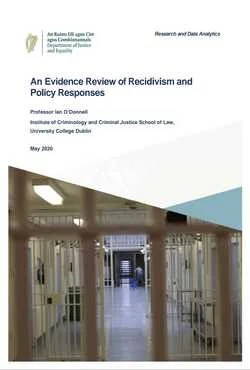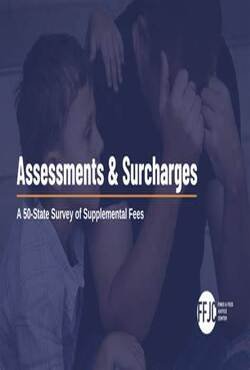By Coral Sirdifield, Charlie Brooker, Rebecca Marples
A narrative systematic review was undertaken of the literature concerning the health of people on probation. In this paper, we provide an up-to-date summary of what is known about suicide and suicidal ideation and probation. This includes estimates of prevalence and possible predictors of suicide and suicidal ideation. Searches were conducted on nine databases from January 2000 to May 2017, key journals from 2000 to September 2017, and the grey literature. A total of 5125 papers were identified in the initial electronic searches but after careful double-blind review only one research paper related to this topic met our criteria, although a further 12 background papers were identified which are reported. We conclude that people on probation are a very high risk group for completed suicide, and factors associated with this include drug overdose, mental health problems, and poor physical health. There is a clear need for high quality partnership working between probation and mental health services, and investment in services, to support appropriate responses to suicide risk.
Forensic Science International: Mind and Law, Volume 1, November 2020,





















